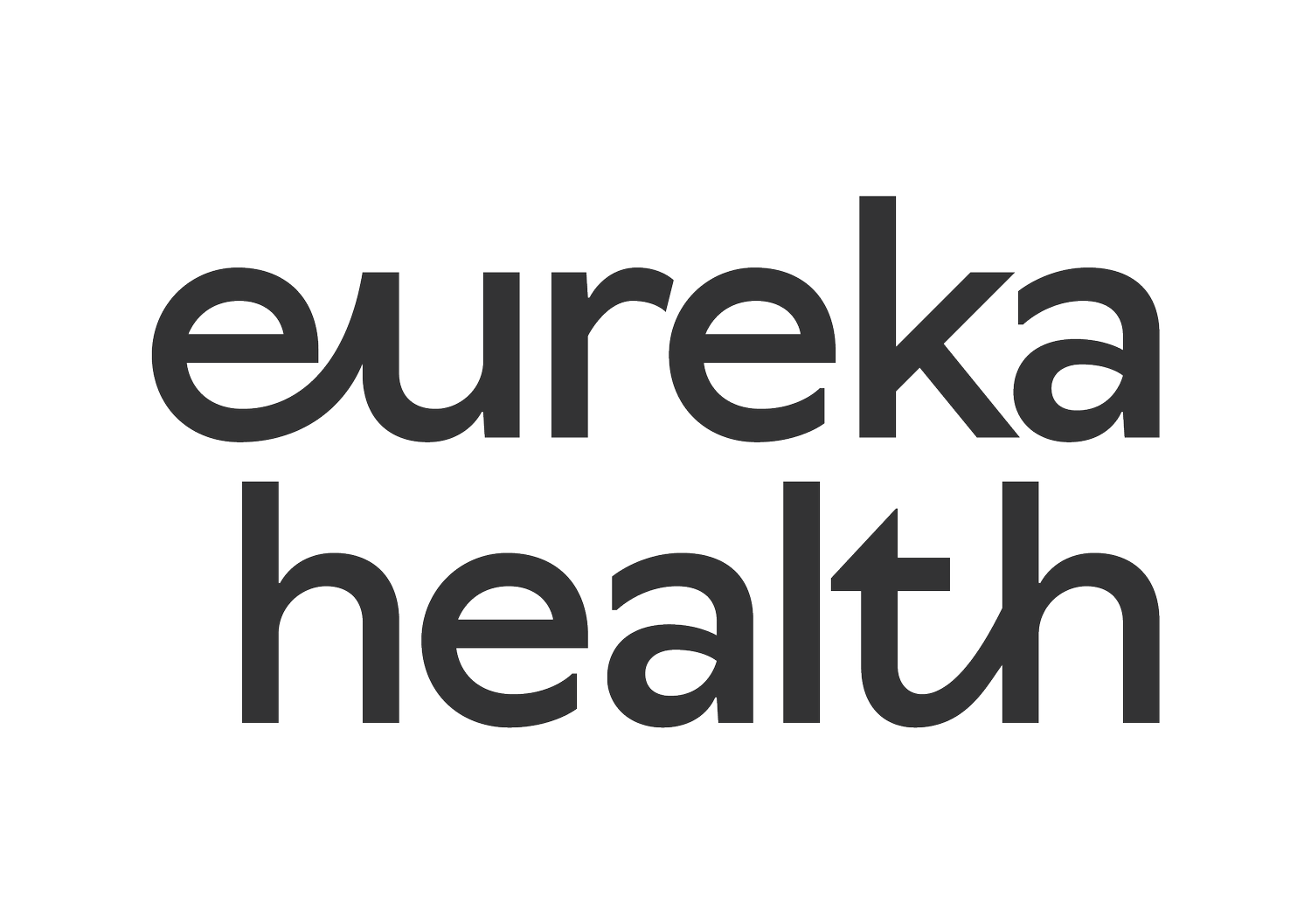Global Guidelines for Exercise During Pregnancy: Supporting Health for Mother and Baby
Exercise during pregnancy has long been recommended to support the health of both mother and baby. However, guidelines around exercise for pregnant women have evolved, with recent updates encouraging more women to stay active. These changes have been supported by scientific research showing that the benefits of exercise during pregnancy extend beyond physical fitness, contributing to better outcomes for both mother and baby.
Exercise Recommendations Around the World
Leading health organizations like the World Health Organization (WHO), American College of Obstetricians and Gynecologists (ACOG), and Royal College of Obstetricians and Gynaecologists (RCOG) all recommend physical activity for pregnant women. The general advice is consistent across countries:
Frequency: Pregnant women should aim for at least 150 minutes of moderate-intensity aerobic exercise per week. This can be broken into 30-minute sessions five times a week.
Intensity: Moderate-intensity exercises such as brisk walking, swimming, and prenatal exercise classes are often recommended. However, recent studies have shown that even higher-intensity exercise can be safe for many pregnant women when done under proper guidance.
Types of Exercise: Activities that strengthen the major muscle groups, improve cardiovascular fitness, and enhance flexibility are all encouraged. Low-impact exercises like walking, swimming, and Pilates are excellent choices.
Recent Changes Regarding High-Intensity Exercise
In the past, many guidelines were cautious about high-intensity exercise for pregnant women. However, recent research has shown that women who were active prior to pregnancy and those with uncomplicated pregnancies can safely engage in higher-intensity activities, such as running, strength training, or high-intensity interval training (HIIT), with medical approval.
It's essential to listen to your body and adjust as needed, especially as pregnancy progresses. Our team love supporting women to continue to achieve their goals when pregnant. Many women can continue doing what they love with guidance on load management, technique adjustments and modifications as your pregnancy progresses.
Debunking the Myth: Starting New Exercises During Pregnancy
A common misconception is that you should not start a new exercise routine while pregnant. In fact, many experts now agree that women who were previously sedentary can begin exercising safely during pregnancy, as long as the exercise is moderate in intensity and approved by a healthcare professional. It's important to start slow and choose low-impact activities minimise injury risk from unaccustomed activity. We also have emerging research suggesting that avoiding many common core exercises during pregnancy is actually unhelpful. Previous thoughts that crunches may exacerbate ab separation (DRAM) in pregnant women has been replaced with the consensus that we want women to have a strong core throughout their pregnancy.
Benefits of Exercise for Pregnant Women and Babies
For the Mother:
Improved mood and mental health: Regular exercise can help reduce anxiety and depression, common during pregnancy.
Weight management: Staying active can prevent excessive weight gain, which reduces the risk of gestational diabetes and other complications.
Reduced risk of complications: Exercise can reduce the risk of gestational diabetes, preeclampsia, and high blood pressure.
Postpartum recovery: Staying fit during pregnancy helps women recover faster after delivery.
For the Baby:
Healthy birth weight: Exercise helps in maintaining a healthy birth weight for babies.
Reduced risk of obesity: Babies born to active mothers have a lower risk of obesity in childhood.
Enhanced brain development: Studies suggest that exercise during pregnancy can positively influence the baby's brain development, resulting in improved cognitive function later in life.
Risks of Not Exercising During Pregnancy
Pregnant women who remain sedentary may face a higher risk of complications, including:
Excessive weight gain: Can lead to gestational diabetes and long-term weight issues.
Preeclampsia: A dangerous condition marked by high blood pressure.
Back pain and fatigue: A lack of activity can contribute to muscle stiffness and discomfort, as well as fatigue.
Mood swings and depression: Exercise helps regulate stress hormones and boost mood, so not exercising can increase the risk of depression or anxiety.
Pilates: A Safe and Effective Option for Pregnancy
Pilates is an excellent choice for pregnant women, offering a low-impact yet effective way to strengthen muscles, improve posture, and increase flexibility. It focuses on stability, strength, control and balance, which is vital during pregnancy as the body undergoes changes in posture.
Our prenatal Pilates classes are led by physiotherapists with specialised training in pregnancy care, allowing for modifications to be made based on your stage of pregnancy and individual needs. Pilates can also reduce pregnancy-related discomforts such as back pain and rib pain as well as incorporating in your necessary pelvic floor muscle training.
Conclusion
Exercise during pregnancy offers a wealth of benefits for both mother and baby, from improved physical health to better mental well-being. With guidelines supporting a range of exercise intensities, pregnant women now have more options than ever to stay active. Pilates, in particular, stands out as a safe, adaptable, and effective way to maintain fitness during pregnancy, with physiotherapists leading the way in prenatal care.
At Eureka Pilates, we are here to support you through your prenatal and postnatal journey, offering expert guidance and personalised classes that will help you feel your best during this special time. You can book a prenatal exercise assessment here to either join our group physio-led classes or have a home program tailored to your goals.
References:
ACOG. (2020). Physical Activity and Exercise During Pregnancy and the Postpartum Period. American College of Obstetricians and Gynecologists.
Royal College of Obstetricians and Gynaecologists (RCOG). (2017). Exercise in Pregnancy.
Artal, R. (2019). Guidelines of the American College of Obstetricians and Gynecologists for exercise during pregnancy and the postpartum period.
World Health Organization. (2020). Physical Activity Guidelines.


